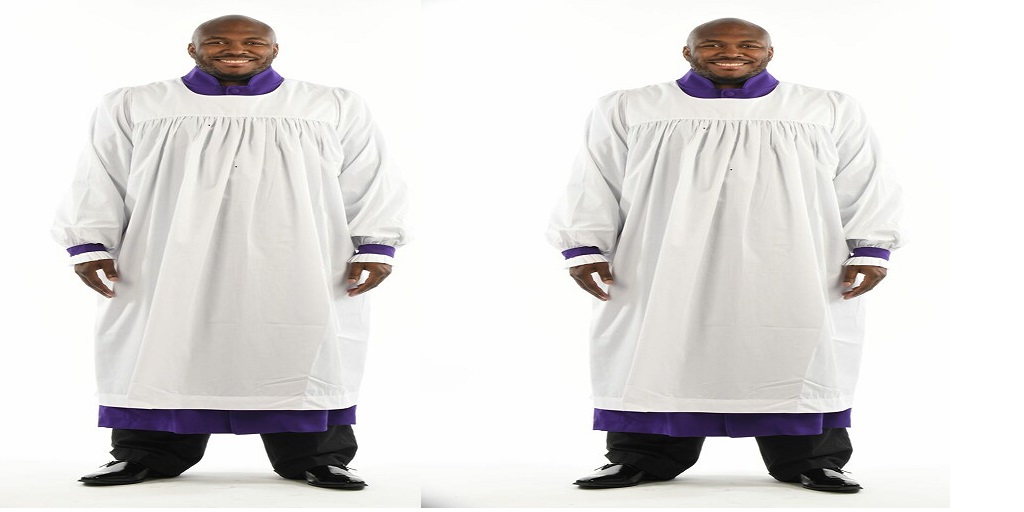In the course of attending Mass or other church services, you’ll have noticed that the priest’s attire changes as the seasons go. It’s conceivable that you’ve wondered why things have changed and what the new colors imply. We may learn more about liturgy by paying attention to how people are dressed and the colors they are wearing.
When asked, “What is the priest wearing?” People often ask this because they are unsure of what to name the clergy’s attire. This article’s goal is to inform the readers about the existence of rochets and where to go in search of them.
A Rochet is a white knee-length vestment used by bishops in the choir over their choir cassock. Often, but not always, it is embellished with lace or linen. It is not, as many believe, interchangeable with the surplice. It is an entirely separate garment. The said garment differs from the surplice not because of its ornamentation, but because the sleeves are different: like an alb, it lies neatly against the choir cassock; a surplice is larger, and frequently bell-shaped, in the sleeve.
Their Use in The Catholic Church
Cardinals, bishops, and other dignitaries in the Catholic Church wear the rochet over their cassocks for events other than Eucharistic celebrations.
If you’re going to wear the Catholic rochet you’re going to wear it in white linen or muslin that’s around knee-length. It is distinct from the surplice because of the smaller sleeves that make its arms tight-fitting. Sleeves and the bottom edge of the garment might be adorned with lace, silk lining (violet or crimson for prelates), or embroidered borders.
It is reserved for prelates and bishops, although the pope may give the canons of cathedral churches the privilege of wearing it. To use it in place of the surplice would be an error since it is not a sacred garment.
Nevertheless, it may be considered a liturgical vestment in the broadest sense since it is worn during choir services and because it is required to be worn over daily clothing during Mass. Canons Regular wear it instead of a surplice as part of their uniform for only liturgical purposes.
Early references to the said vestment may be traced back to a 9th-century inventory of the Roman clergy’s clothing. In this case, it is known as camisia, and it was used by certain members of the clergy until the 14th century when it was renamed. It wasn’t until the 14th century that the word rochettum arrived in Rome, but it quickly replaced all of the local labels for the vestment, which were succa and sucta.
With their significance and significance in Christ’s mission and identity, bishops’ garments have a profound significance for them. They are a reflection of the individual’s devotion, obedience, and connection with God. Seeing these things tends to serve as a constant reminder to them of their true identity as followers of Christ, and how they must lay down their life for the sake of others.
Where Can I Find Them?
It doesn’t matter what kind of congregation or faith you belong to, Divinity Clergy Wear is your one-stop-shop for all clergy attire. With the broadest online collection available, they are the go-to source for clergy suits, robes, and other clerical attire. Whatever your style, they’ll have what you’re searching for, from affordable clerical attire to the large and tall shirt and jacket options. See more of what they have to offer by visiting their website.
For more information about Clergy Wear and Tippets Please visit: Divinity Clergy Wear.
Hi, I am Adam Smith, Admin Of TechSketcher, Creative blogger and Digital Marketer.
